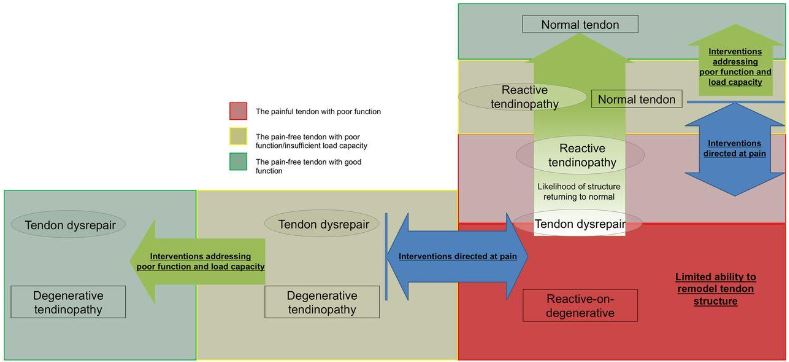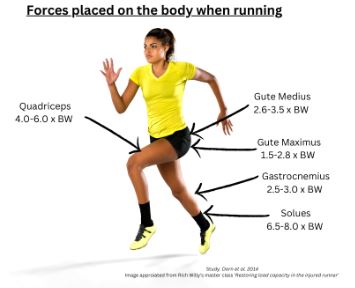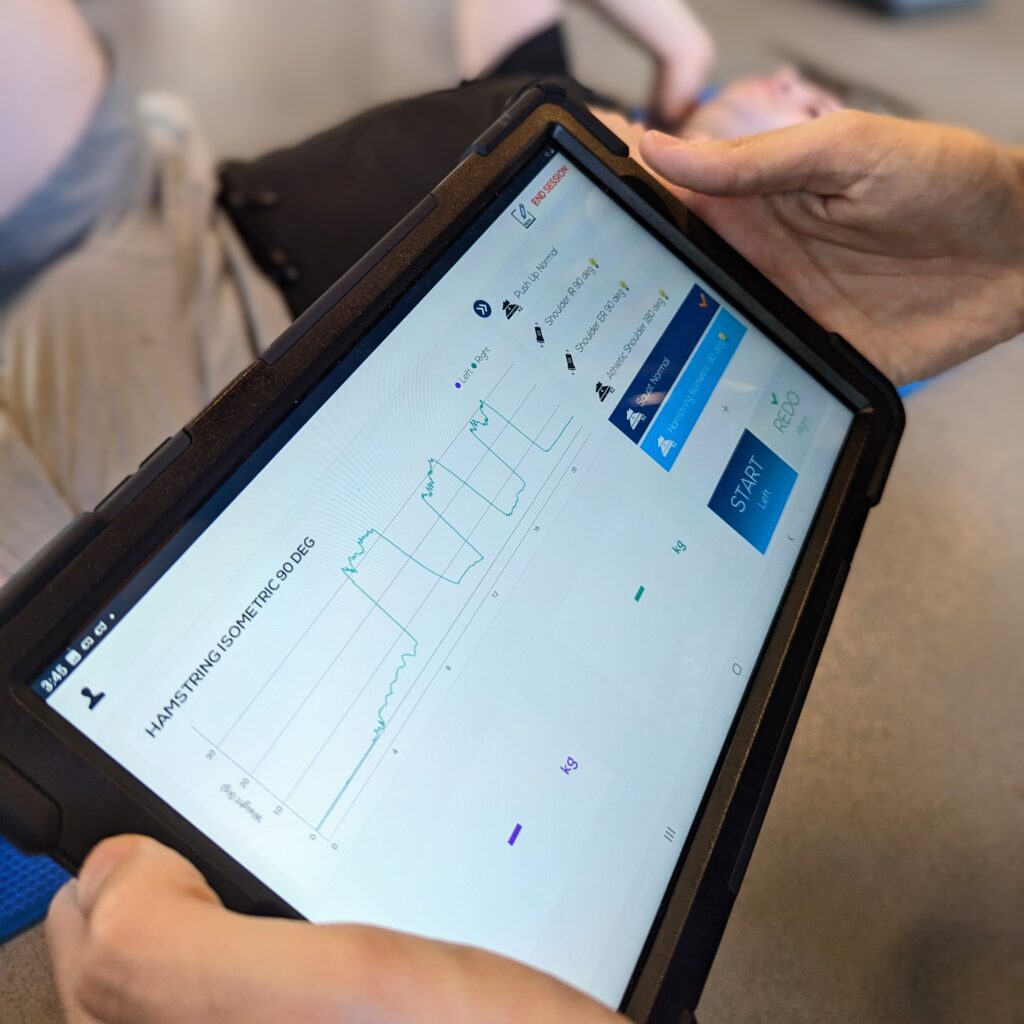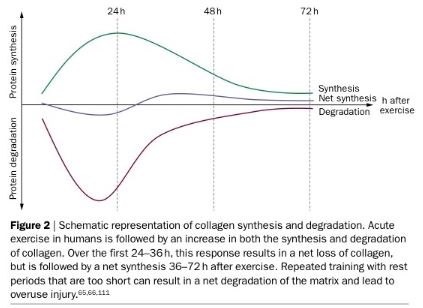Starting the Season: Progressive Overload or Deload?
As the Winter sporting seasons begin to kick off, it’s imperative to continue checking in with your body to minimise injuries during the season. The start of the season is when we tend to see an uptick in injuries as individuals ramp up their loads up without observing how their body is handling the stress.
Our connective tissue continuously adapts to the loads we place on it. However, like all parts of our body, our connective tissue has a certain limit. Tendons are a type of connective tissues that are significantly affected by sudden changes in load. A common tendon injury we see when presented with excessive or sudden changes in loads are termed tendinopathies (aka “unhappy tendons”). Our most up to date understanding of tendinopathies can be summarised in the model below:

We effectively want to keep our tendons happy and pain-free by incorporating interventions that address overall tendon function and capacity (Cook et al., 2016). Tissue capacity is a measure of how much load your tissue can currently handle. When we slightly exceed our tissues current capacity, we inherently challenge our bodies to adapt in order to make the activity easier the next time we perform it. However, stressing our tissues well beyond their capacity levels exponentially increases the risk of injury.
Previous injuries that have not been rehabilitated completely can develop into recurrent injuries; as well as become key contributors for the cascade of compensatory factors that place abnormal forces through otherwise healthy body tissues (Hylin et al., 2017). A good proxy for avoiding this spiraling effect is to be aware of niggles throughout your training or sporting season. It is always better and easier to manage niggles or aches immediately, rather than down the track after they have blossomed into chronic injuries. In fact, niggles and previous injuries are the primary predictors for the development of future injuries (Whalan, Lovell & Samson, 2020).
The tricky part is determining when you should continue to push your training versus deloading and recovering. Although there are recommended guidelines around this, it should be individiualised based on current tissue capacity, previous injury history and possibly associated compensatory factors (i.e., biomechanics/movement patterns).
If you are unsure where your current tissue capacities lie, want to screen previous injuries or assess your biomechanics, seeing a physiotherapist or exercise physiologist can be quite useful in determining the best plan around injury prevention, as prevention really is the best cure. Click here to book an appointment today!
By Veeral Patel | Senior Physiotherapist
References
- M. Whalan , R. Lovell & J. A. Sampson, (2020). Do Niggles Matter? – Increased injury risk following physical complaints in football (soccer), Science and Medicine in Football, 4(3), 216-224, DOI: 10.1080/24733938.2019.1705996
- Cook JL, Rio E, Purdam CR, et al. (2016). Revisiting the continuum model of tendon pathology: what is its merit in clinical practice and research? British Journal of Sports Medicine, 50, 1187-1191.
-
Hylin, M. J., Kerr, A. L., & Holden, R. (2017). Understanding the Mechanisms of Recovery and/or Compensation following Injury. Neural plasticity, 7125057. https://doi.org/10.1155/2017/7125057


